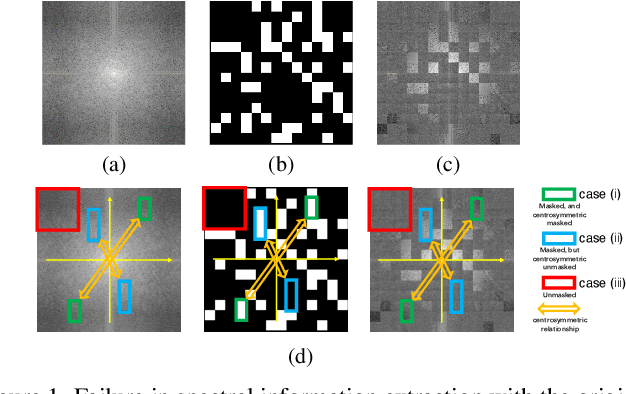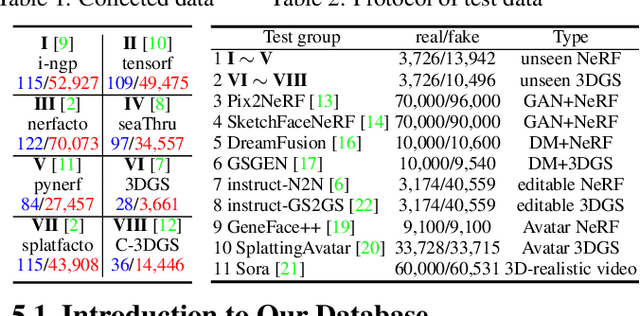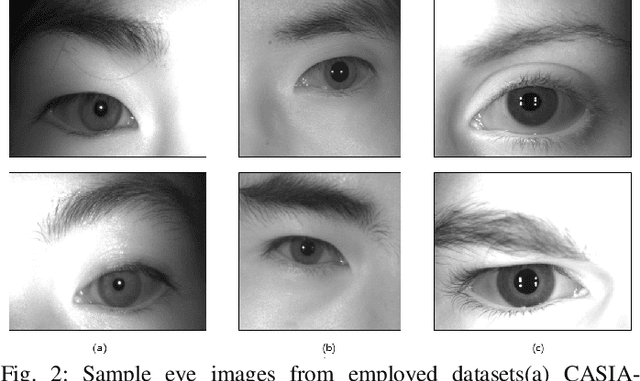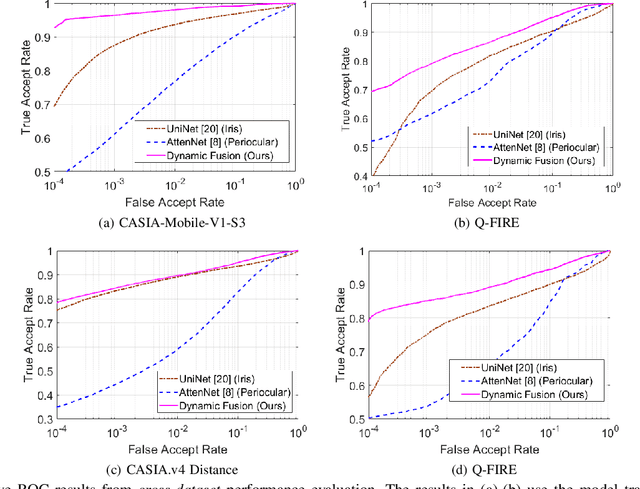Ajay Kumar
OTFS-ISAC System with Sub-Nyquist ADC Sampling Rate
Feb 07, 2025



Abstract:Integrated sensing and communication (ISAC) has emerged as a pivotal technology for next-generation wireless communication and radar systems, enabling high-resolution sensing and high-throughput communication with shared spectrum and hardware. However, achieving a fine radar resolution often requires high-rate analog-to-digital converters (ADCs) and substantial storage, making it both expensive and impractical for many commercial applications. To address these challenges, this paper proposes an orthogonal time frequency space (OTFS)-based ISAC architecture that operates at reduced ADC sampling rates, yet preserves accurate radar estimation and supports simultaneous communication. The proposed architecture introduces pilot symbols directly in the delay-Doppler (DD) domain to leverage the transformation mapping between the DD and time-frequency (TF) domains to keep selected subcarriers active while others are inactive, allowing the radar receiver to exploit under-sampling aliasing and recover the original DD signal at much lower sampling rates. To further enhance the radar accuracy, we develop an iterative interference estimation and cancellation algorithm that mitigates data symbol interference. We propose a code-based spreading technique that distributes data across the DD domain to preserve the maximum unambiguous radar sensing range. For communication, we implement a complete transceiver pipeline optimized for reduced sampling rate system, including synchronization, channel estimation, and iterative data detection. Experimental results from a software-defined radio (SDR)-based testbed confirm that our method substantially lowers the required sampling rate without sacrificing radar sensing performance and ensures reliable communication.
Towards More Accurate Fake Detection on Images Generated from Advanced Generative and Neural Rendering Models
Nov 13, 2024



Abstract:The remarkable progress in neural-network-driven visual data generation, especially with neural rendering techniques like Neural Radiance Fields and 3D Gaussian splatting, offers a powerful alternative to GANs and diffusion models. These methods can produce high-fidelity images and lifelike avatars, highlighting the need for robust detection methods. In response, an unsupervised training technique is proposed that enables the model to extract comprehensive features from the Fourier spectrum magnitude, thereby overcoming the challenges of reconstructing the spectrum due to its centrosymmetric properties. By leveraging the spectral domain and dynamically combining it with spatial domain information, we create a robust multimodal detector that demonstrates superior generalization capabilities in identifying challenging synthetic images generated by the latest image synthesis techniques. To address the absence of a 3D neural rendering-based fake image database, we develop a comprehensive database that includes images generated by diverse neural rendering techniques, providing a robust foundation for evaluating and advancing detection methods.
A Scalable Tool For Analyzing Genomic Variants Of Humans Using Knowledge Graphs and Machine Learning
Jul 30, 2024



Abstract:The integration of knowledge graphs and graph machine learning (GML) in genomic data analysis offers several opportunities for understanding complex genetic relationships, especially at the RNA level. We present a comprehensive approach for leveraging these technologies to analyze genomic variants, specifically in the context of RNA sequencing (RNA-seq) data from COVID-19 patient samples. The proposed method involves extracting variant-level genetic information, annotating the data with additional metadata using SnpEff, and converting the enriched Variant Call Format (VCF) files into Resource Description Framework (RDF) triples. The resulting knowledge graph is further enhanced with patient metadata and stored in a graph database, facilitating efficient querying and indexing. We utilize the Deep Graph Library (DGL) to perform graph machine learning tasks, including node classification with GraphSAGE and Graph Convolutional Networks (GCNs). Our approach demonstrates significant utility using our proposed tool, VariantKG, in three key scenarios: enriching graphs with new VCF data, creating subgraphs based on user-defined features, and conducting graph machine learning for node classification.
A Novel Deep Learning based Model for Erythrocytes Classification and Quantification in Sickle Cell Disease
May 02, 2023Abstract:The shape of erythrocytes or red blood cells is altered in several pathological conditions. Therefore, identifying and quantifying different erythrocyte shapes can help diagnose various diseases and assist in designing a treatment strategy. Machine Learning (ML) can be efficiently used to identify and quantify distorted erythrocyte morphologies. In this paper, we proposed a customized deep convolutional neural network (CNN) model to classify and quantify the distorted and normal morphology of erythrocytes from the images taken from the blood samples of patients suffering from Sickle cell disease ( SCD). We chose SCD as a model disease condition due to the presence of diverse erythrocyte morphologies in the blood samples of SCD patients. For the analysis, we used 428 raw microscopic images of SCD blood samples and generated the dataset consisting of 10, 377 single-cell images. We focused on three well-defined erythrocyte shapes, including discocytes, oval, and sickle. We used 18 layered deep CNN architecture to identify and quantify these shapes with 81% accuracy, outperforming other models. We also used SHAP and LIME for further interpretability. The proposed model can be helpful for the quick and accurate analysis of SCD blood samples by the clinicians and help them make the right decision for better management of SCD.
Segmentation-Aware and Adaptive Iris Recognition
Dec 31, 2019



Abstract:Iris recognition has emerged as one of the most accurate and convenient biometric for the human identification and has been increasingly employed in a wide range of e-security applications. The quality of iris images acquired at-a-distance or under less constrained imaging environments is known to degrade the iris matching accuracy. The periocular information is inherently embedded in such iris images and can be exploited to assist in the iris recognition under such non-ideal scenarios. Our analysis of such iris templates also indicates significant degradation and reduction in the region of interest, where the iris recognition can benefit from a similarity distance that can consider importance of different binary bits, instead of the direct use of Hamming distance in the literature. Periocular information can be dynamically reinforced, by incorporating the differences in the effective area of available iris regions, for more accurate iris recognition. This paper presents such a segmentation-assisted adaptive framework for more accurate less-constrained iris recognition. The effectiveness of this framework is evaluated on three publicly available iris databases using within-dataset and cross-dataset performance evaluation and validates the merit of the proposed iris recognition framework.
A Collaborative Approach using Ridge-Valley Minutiae for More Accurate Contactless Fingerprint Identification
Sep 19, 2019



Abstract:Contactless fingerprint identification has emerged as an reliable and user friendly alternative for the personal identification in a range of e-business and law-enforcement applications. It is however quite known from the literature that the contactless fingerprint images deliver remarkably low matching accuracies as compared with those obtained from the contact-based fingerprint sensors. This paper develops a new approach to significantly improve contactless fingerprint matching capabilities available today. We systematically analyze the extent of complimentary ridge-valley information and introduce new approaches to achieve significantly higher matching accuracy over state-of-art fingerprint matchers commonly employed today. We also investigate least explored options for the fingerprint color-space conversions, which can play a key-role for more accurate contactless fingerprint matching. This paper presents experimental results from different publicly available contactless fingerprint databases using NBIS, MCC and COTS matchers. Our consistently outperforming results validate the effectiveness of the proposed approach for more accurate contactless fingerprint identification.
Matrix Product State Based Quantum Classifier
May 04, 2019Abstract:In recent years, interest in expressing the success of neural networks to the quantum computing has increased significantly. Tensor network theory has become increasingly popular and widely used to simulate strongly entangled correlated systems. Matrix product state (MPS) is the well-designed class of tensor network states, which plays an important role in processing of quantum information. In this paper, we have shown that matrix product state as one-dimensional array of tensors can be used to classify classical and quantum data. We have performed binary classification of classical machine learning dataset Iris encoded in a quantum state. Further, we have investigated the performance by considering different parameters on the ibmqx4 quantum computer and proved that MPS circuits can be used to attain better accuracy. Further, the learning ability of MPS quantum classifier is tested to classify evapotranspiration ($ET_{o}$) for Patiala meteorological station located in Northern Punjab (India), using three years of historical dataset (Agri). Furthermore, we have used different performance metrics of classification to measure its capability. Finally, the results are plotted and degree of correspondence among values of each sample is shown.
A Deep Learning based Framework to Detect and Recognize Humans using Contactless Palmprints in the Wild
Dec 29, 2018



Abstract:Contactless and online palmprint identfication offers improved user convenience, hygiene, user-security and is highly desirable in a range of applications. This technical report details an accurate and generalizable deep learning-based framework to detect and recognize humans using contactless palmprint images in the wild. Our network is based on fully convolutional network that generates deeply learned residual features. We design a soft-shifted triplet loss function to more effectively learn discriminative palmprint features. Online palmprint identification also requires a contactless palm detector, which is adapted and trained from faster-R-CNN architecture, to detect palmprint region under varying backgrounds. Our reproducible experimental results on publicly available contactless palmprint databases suggest that the proposed framework consistently outperforms several classical and state-of-the-art palmprint recognition methods. More importantly, the model presented in this report offers superior generalization capability, unlike other popular methods in the literature, as it does not essentially require database-specific parameter tuning, which is another key advantage over other methods in the literature.
 Add to Chrome
Add to Chrome Add to Firefox
Add to Firefox Add to Edge
Add to Edge